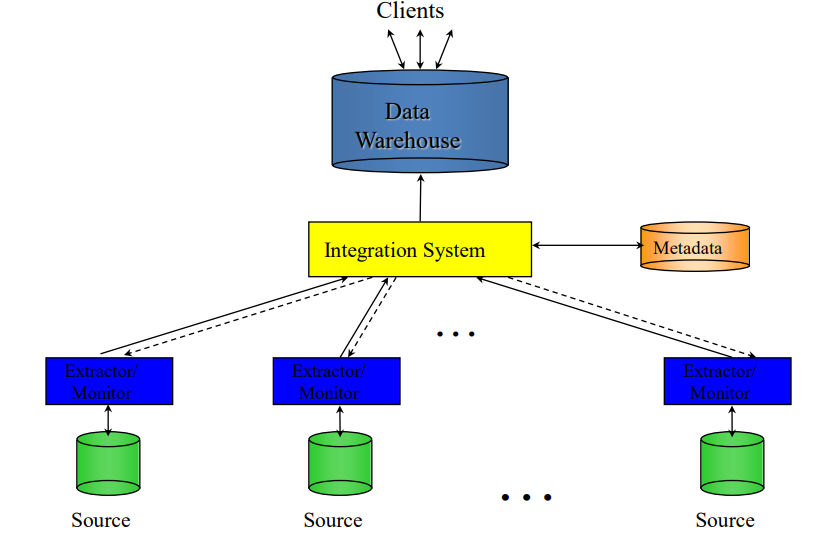There are three main types of data:
Record
- Data Matrix
- Document Data
- Transaction Data
Graph
- World wide web
- Social Network
Ordered
- Spatial Data
- Temporal Data
- Sequential Data
- Genetic Sequence Data
Record Data
- Data that consists of a collection of records, each of which consists of a fixed set of attribute.
- Data that consists of a collection of records, each of which consists of a fixed set of attribute.
- Attribute is also known as variable, field, characteristic, dimension, or feature.
- A collection of attributes describe an object.
- Object is also known as record, data point, case, sample, entity, or instance.
Data Matrix
- If data objects have the same fixed set of numeric attributes, then the data objects can be thought of as points in a multi-dimensional space, where each dimension represents a distinct attribute.
- Such data set can be represented by an m by n matrix, where there are m rows, one for each object, and n columns, one for each attribute.
Document Data
- Each document becomes a ‘term‘ vector
- Each term is component(attribute) of the vector
- The value of each component is the number of times the corresponding terms occur in the document.
Transaction Data
- A special type of record data, where
- Each record (transaction) involves a set of items.
- For example, consider a grocery store. The set of products purchased by a customer during one shopping trip constitute a transaction, while the individual products that were purchased are the items.
Graph Data
- Data consisting of node and Edges. If objects have structure, that is, the objects contain sub objects that have relationships, then such objects are frequently represented as graphs.
- Generic Graph:
- World-wide web:
- Social or information networks:
Ordered Data
- Ordered data is a collection of data elements which are ordered sequences.
- In a ordered data, each item has an index associated with it.
- Example of ordered data is: Spatial Data, Temporal Data, Sequential Data, Genetic Sequence Data, etc.




